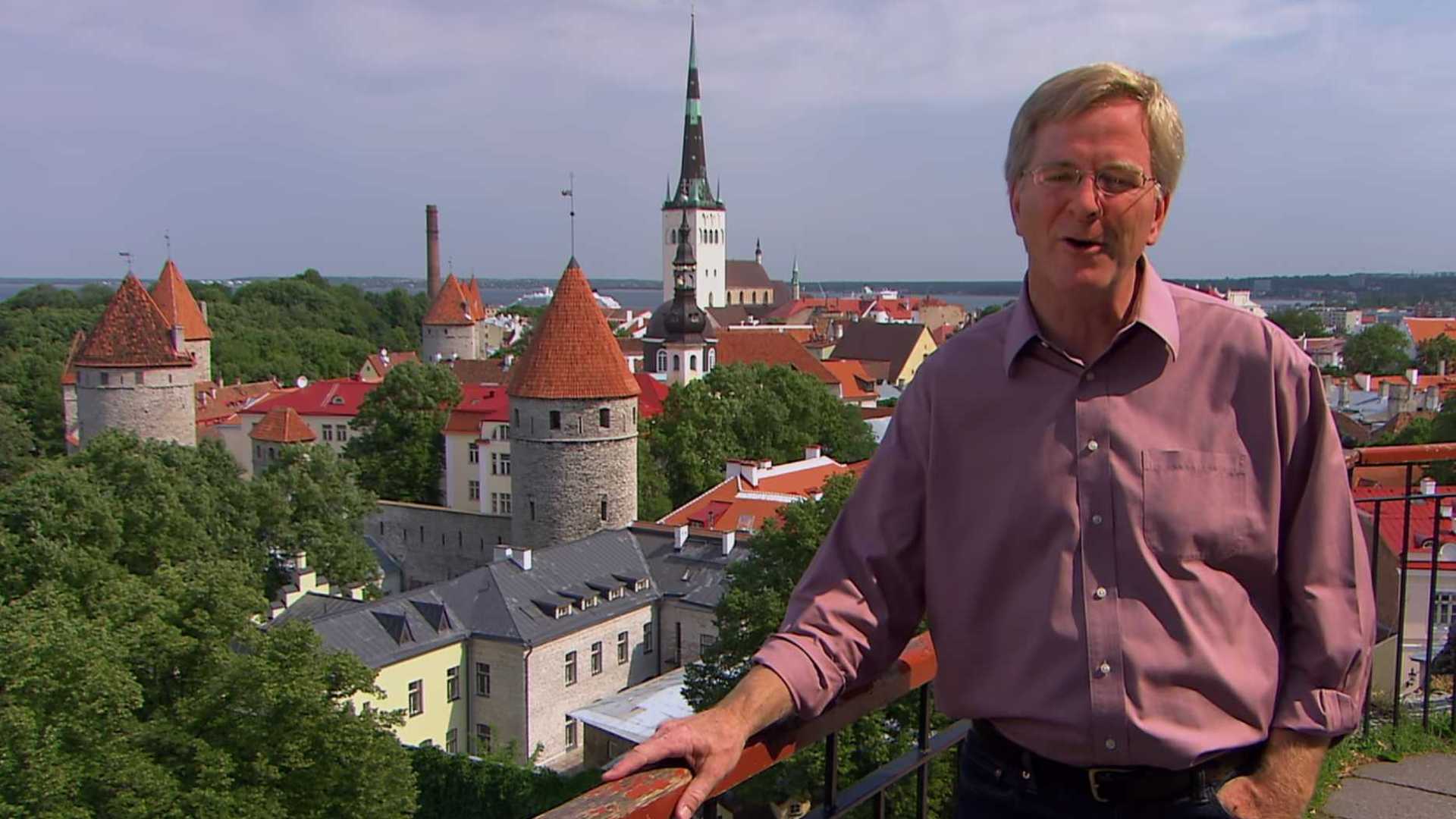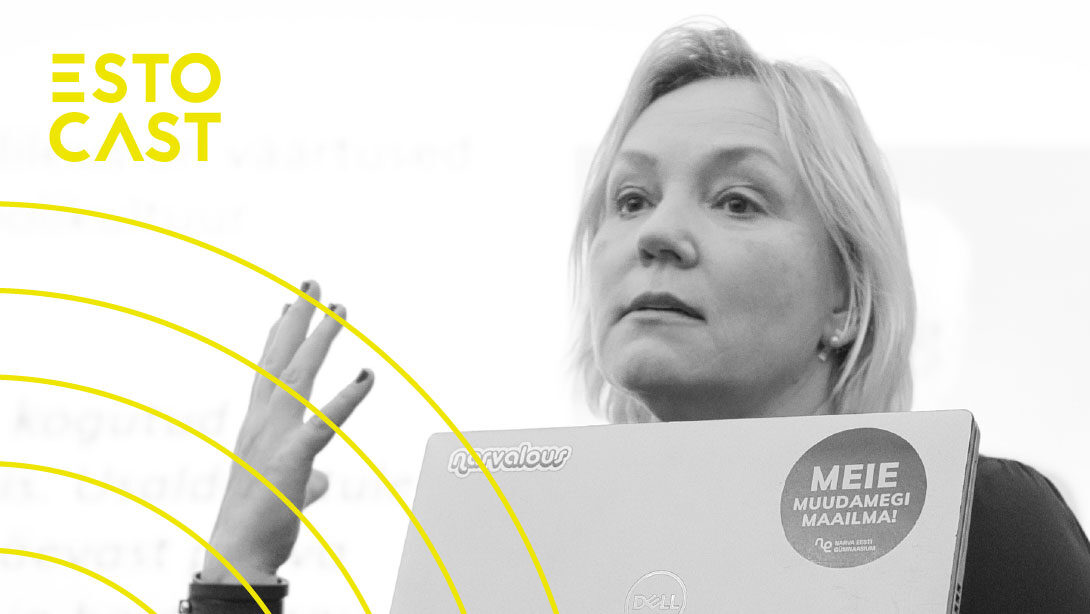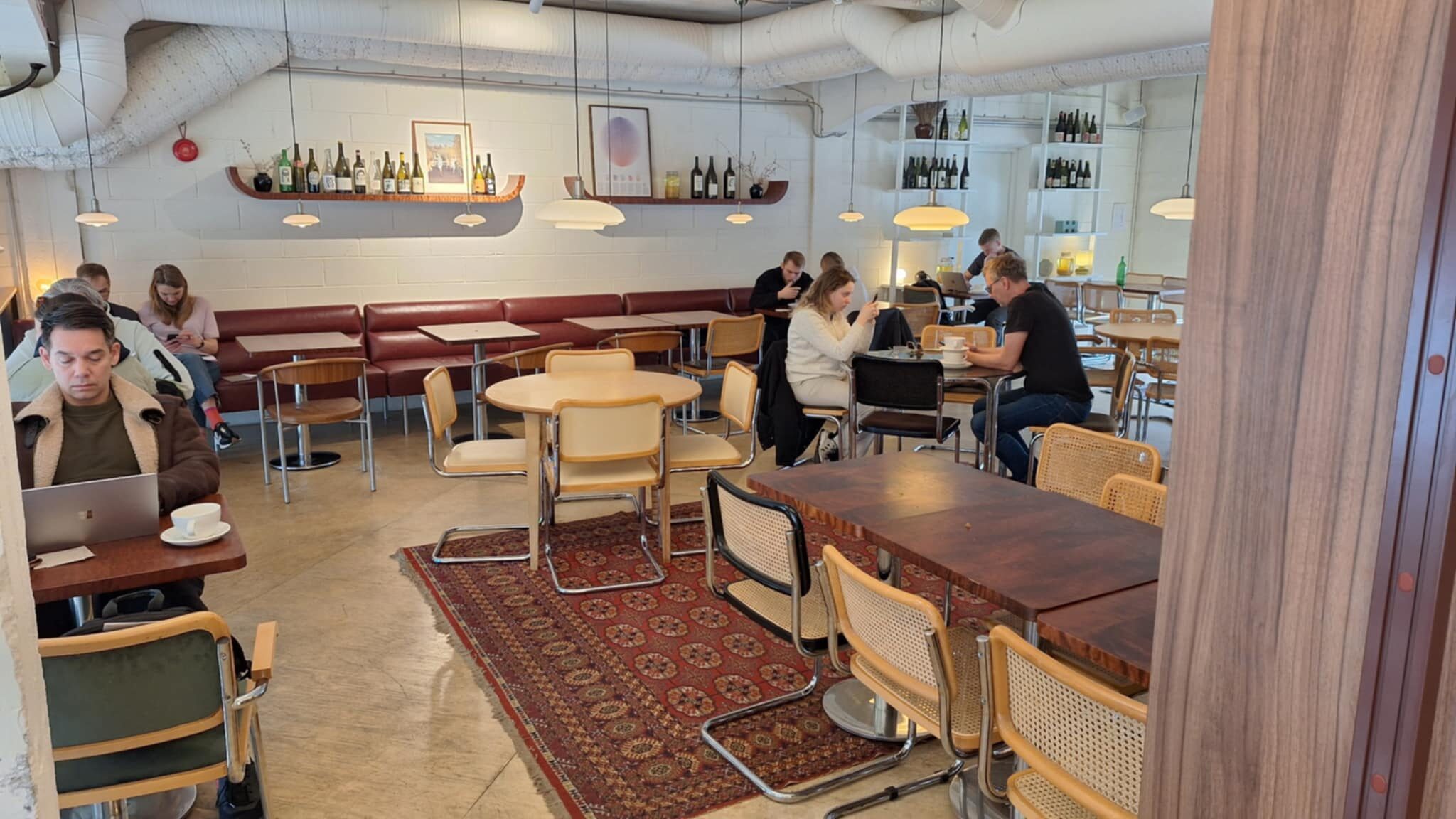His Edmonds, Washington based travel brand—Rick Steves' Europe—extends across guidebooks, TV programs, a radio show, a column, web resources, and an educational online program called Monday Night Travel, in which he prepares travellers with finer details on travel and geographical topics. Since he founded the company in his early 20s, in 1976, the company has grown, with around 100 full-time employees currently, including a small video production team.
His latest television series, Rick Steves' Europe, has been on the air since the year 2000, touring towns, cities, and rural areas with a delivery that is colloquial, affable, and inquisitive about each corner of Europe. Estonia found its way into his Scandinavia guidebook and Rick Steves Snapshot St. Petersburg, Helsinki & Tallinn later on. However, it wasn't until episode 610 of the latest TV series that he brought Estonia to the screens of viewers at home.
Steves begins his tour in Helsinki, before taking the approximately two hour ferry to Estonia's capital. Here, the initial impression he gives of Estonia is based on comparison, calling Tallinn and Helsinki “Baltic Sisters.” In both cities, he talks about the combination of Scandinavian and Russian influences. He briefly discusses the history of Estonia's occupations, including a local's take on the eavesdropping that once took place at Hotell Viru. This man also explains what happened during the Singing Revolution. These topics are not typical for a tourist's overview.
Steves' evaluation of Tallinn includes a description of “preserved old world ambience”, the legacy of the city as a trading hub, and glimpses of daily life on the street and eating establishments. One unexpected moment in his tour of Tallinn is when he discusses pieces on display at Kumu Art Museum. He describes 19th century romanticist paintings in Estonia, notes the nation's synchronization with artistic movements in other nations, and says that “Estonia was the only part of the USSR where pop art was recognized.”
When Rick Steves sets off for a destination, you will get a full dose of factoids and historical information. In contrast, more recent travel content creators such as Wolters World focus on the essential facts for getting around day-to-day: transit, currency and costs, accommodation, attractions to avoid, and recommended foods, for example.
Criticisms of Steves' approach to providing travel information include his focus on the quaint, and a firm perception of what is “authentic”, such that his fans have been known to flock to the spots he recommends in large numbers. Rue Cler in Paris is one example of this phenomenon in the global travel community. Furthermore, in this TV program, more emphasis could have been placed on long-standing Estonian folk culture and culturally-rich locations outside of the capital. Though, it is challenging to represent every place and cultural concept when a show covers such a breadth of countries.
If we are to use this episode as a barometer for his programs, one can acknowledge that Rick Steves gets to the nucleus of what a place is about, while making his guidance as inviting as possible for a first-time visitor. Indeed, it's impressive how many key points he touches on in under half an hour. It's a service to each country, Estonia included, to spread knowledge to potential visitors and initiate a potentially lifelong fascination.
This article was written by Vincent Teetsov as part of the Local Journalism Initiative.




